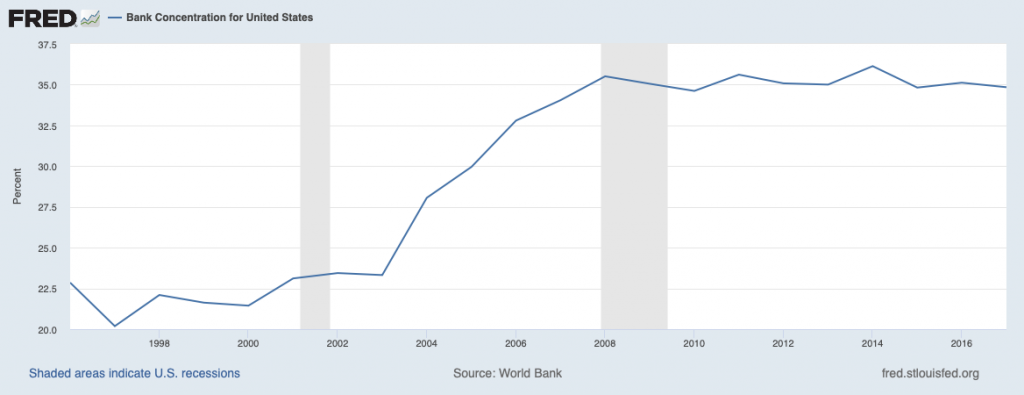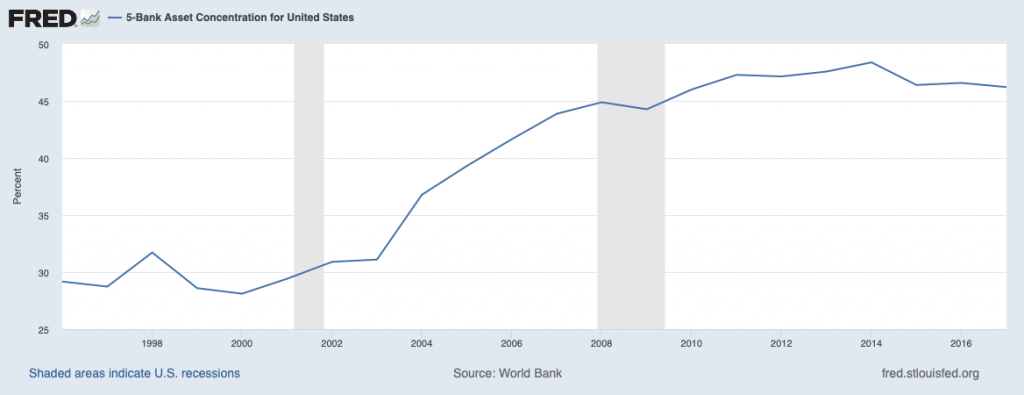As noted in my last post, a smaller financial sector may be better for the overall economy. That leaves open the question of where should the financial sector shrink. Coincidentally news of a raid on the offices of ABN Amro yesterday provided a reminder of how banks can go about looking for businesses to shrink. This raid was related to cum-ex dividend transactions of ABN Amro and many other banks covered in my blog earlier. As detailed in a New York Times article, cum-ex dividend transactions were essentially structured finance activities that “produced two refunds for dividend tax paid on one basket of stocks” with the double refunds used to provide profits to participants in the activities.
Banks have approval processes for all activities. These look at a variety of issues including the risks involved. Therefore the cum-ex dividend transactions were approved independently of the individuals doing the activity. To look at ways to shrink the financial sector, I would recommend that the approval processes in banks also ask a very simple question:
- What positive or negative impact is provided to society by the proposed activity or transaction?
If the approval process would have included this question, I believe the only possible answer for the cum-ex dividend transactions would be to note that the transactions effectively take tax funding from governments twice. Although that result may or may not be legal under careful structuring of the transactions, it would certainly be an example of a banking activity that creates a negative impact for society. I suspect that there are many other banking activities for which a positive impact on society can not be found. These are precisely the activities that should be stopped leading to a smaller financial sector but one focused on delivering value to society.

